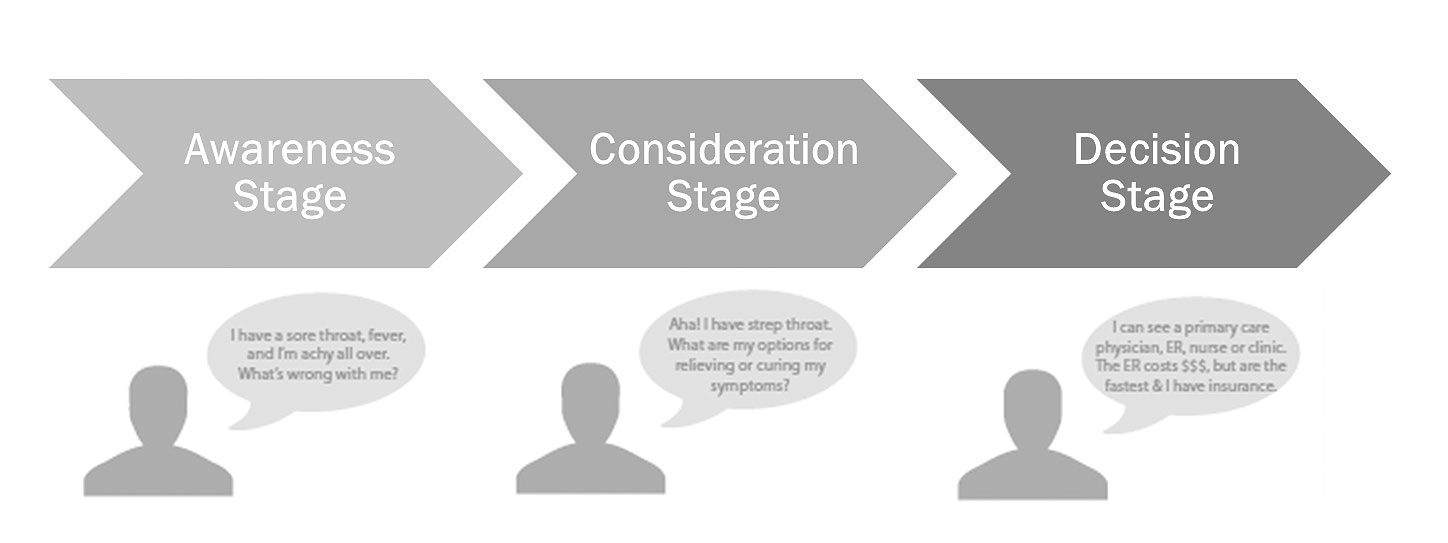
As a young entrepreneur, there are many skill sets I had to embrace in order to build my photography business. One of the major ones was selling.
Before I could learn to sell (and sell well), I had to boost my self-confidence and self-worth; something that a lot of artist-types and younger entrepreneurs must do. It’s hard. There is not a one-size-fits-all solution.
So, I started with what was tangible, I decided to determine my cost of doing business. I looked at my actual cost of living in comparison to how much I wanted to earn as a photographer.
I felt less anxious knowing I wasn’t just pulling rates out of thin air. However, it was hard to get used to my asking price. Yet, over time I learned to appreciate the true value of my services and how my work increases the value of their businesses.
In any case, once I became confident with my pricing, I started to embrace selling. Working on my business, and in retail sales, has taught me four essential things.
1. Understand your offer, believe in it.
First, I’ve learned that it’s really hard to sell something if you don’t know what you’re selling or if you don’t believe in it. This may seem pretty basic and obvious, but it is essential.
What I’m really talking about goes deeper than knowing features and benefits. It’s about knowing the effects of what you’re selling, and how it will impact the lives of the people who buy it … and then, believing in that.
It’s about the buyers journey and hidden and added bonuses that motivate customers to make a purchase. What deep pain or desire are they trying to resolve or quench?

For example, when I sell event photography packages to corporate clients, it’s not about the photos, per se. Sometimes it’s about my client having the confidence that they’ve hired a reliable and professional person who actually shows up and does what they say they will do.
For another client, their motivation could to impress others at work with their ability to bring on quality vendors. For another client, there is confidence in knowing they’ll have high quality photos to include when they design an annual report to impress investors and donors (thereby communicating and reinforcing value and enticing them to fund more).
It’s the after-effects that we’re talking about here. If you’re not sure what they are, ask. It’s your job to find out.
2. Know (and accept) it’s not for everyone.
This is a big one. You can be so passionate about what you’re selling that you believe (and it’s so obvious, right?) that whatever you’re selling is definitely for everyone. Please trust me, even if it could help everyone, it’s impossible to do so because it won’t be right for everyone. And that is okay, because there are more than enough people that need and want what you’re selling.

If you think your product or service is definitely right for everyone, then you’re probably skipping an essential marketing step: identify your target market and ideal customer.
It’s key to know who you are targeting – and equally as important to know who you’re not targeting. And, just because you have a target market, doesn’t mean you can’t sell to someone who isn’t a part of it. It just means you can more easily qualify potential buyers, understand their situations and how to interact with them.
When you accept this business reality you’ll stop trying to sell people who will not actually benefit from what you’re selling. It makes selling more ethical, in my opinion, and less uncomfortable.
3. It’s about your customer, not you.
When I’m selling I make it about my clients and not about me. We’ve all experienced sales situations where the sales person talked non-stop about why their company, product or service was so great. (I’m guilty of this too…) The sales person didn’t take a second to stop and find out a) your situation and b) how what they’re offering would actually benefit you. That’s really annoying.
But the trick is not to make too many assumptions. Start by making a statement about them or ask a relevant question. Research shows (and we know) that people generally love to talk about themselves (especially when you listen and they are comfortable).
Success in sales is about the buyer making an empowered decision that benefits them – regardless of whether they make a purchase.
4. Authentic and ethical wins the day.
I’ve found that I’m most successful when I first accept that it’s not for everyone (lesson #2), and then, really go with it. When I am myself and go about things in my own way, rather than using some script or alter ego, people that are naturally open to my communication style and offer will be more likely to respond positively and take action.
I can’t force people and I don’t want to manipulate people.

If you’ve read sales books or taken traditional sales training workshops, the content is often about mirroring (i.e., using similar mannerisms and speech patterns to build trust and rapport). Of course, there’s something to be said for certain sales techniques but, you still have to be yourself in the process. If you can mirror and still be authentic, then go for it. But, until you can master being yourself these techniques are pointless.
5. Know when to push and when to let go.
Sales success has a lot to do with persistence — not giving up regularly and not giving up too soon. Rather, being able to overcome objections and know when to push and when to step back.
This skill comes with experience. It’s based on correctly reading situations and people. It’s about knowing, or being able to anticipate, whether an excuse (reason) someone gives you is legitimate or whether a “no” is simply a cue that they will say “yes” later.
It’s difficult, but you can use non-verbal cues, such as body language (e.g., Is she agitated or looking to leave or comfortable and relaxed? Perhaps she is trying to be alpha, etc.) and conversational cues (e.g., Is he aggressive, speaking quickly or slowly? Is he friendly and does he seem truthful or is he interested and distracted?, etc.) to determine what they are really thinking. Then decide if the sale is worth pushing or if it’s definitely not the right time or fit.
6. Observe, be present and listen for opportunities.
This is an idea I originally discovered in Daniel Pink’s book, “To Sell is Human.” The main principle is to be present with the person you’re dealing with and observant of their behaviors, mannerisms, interests, etc. When you do this, you can be open to different outcomes and possibilities.

You can respond naturally when they say something. You’re not on a script. You’re treating people as individuals and listening to what they tell you.
You can observe nuances in their voice or body language. On a deep level you can understand the person and respond appropriately; in a unique way that the person will appreciate. I’m not saying you can’t use a script in the beginning, but take a risk and go off script, then gauge their responses.
There are definitely other lessons I have learned about how to be successful in sales. However, ultimately it comes down to your mindset and people skills. It’s not always about having the best product or the best price. It’s about people, helping them and being yourself throughout the buying process.
This article has been edited and condensed.
Caylena Cahill, owner of CC Photo & Media, is a branding photographer and entrepreneur. She works with small businesses and entrepreneurs to develop a stand out visual brand that resonates and builds confidence and desire with her clients’ audiences. Connect with @ccahill1 on Twitter.
© YFS Magazine. All Rights Reserved. Copying prohibited. All material is protected by U.S. and international copyright laws. Unauthorized reproduction or distribution of this material is prohibited. Sharing of this material under Attribution-NonCommercial-NoDerivatives 4.0 International terms, listed here, is permitted.












